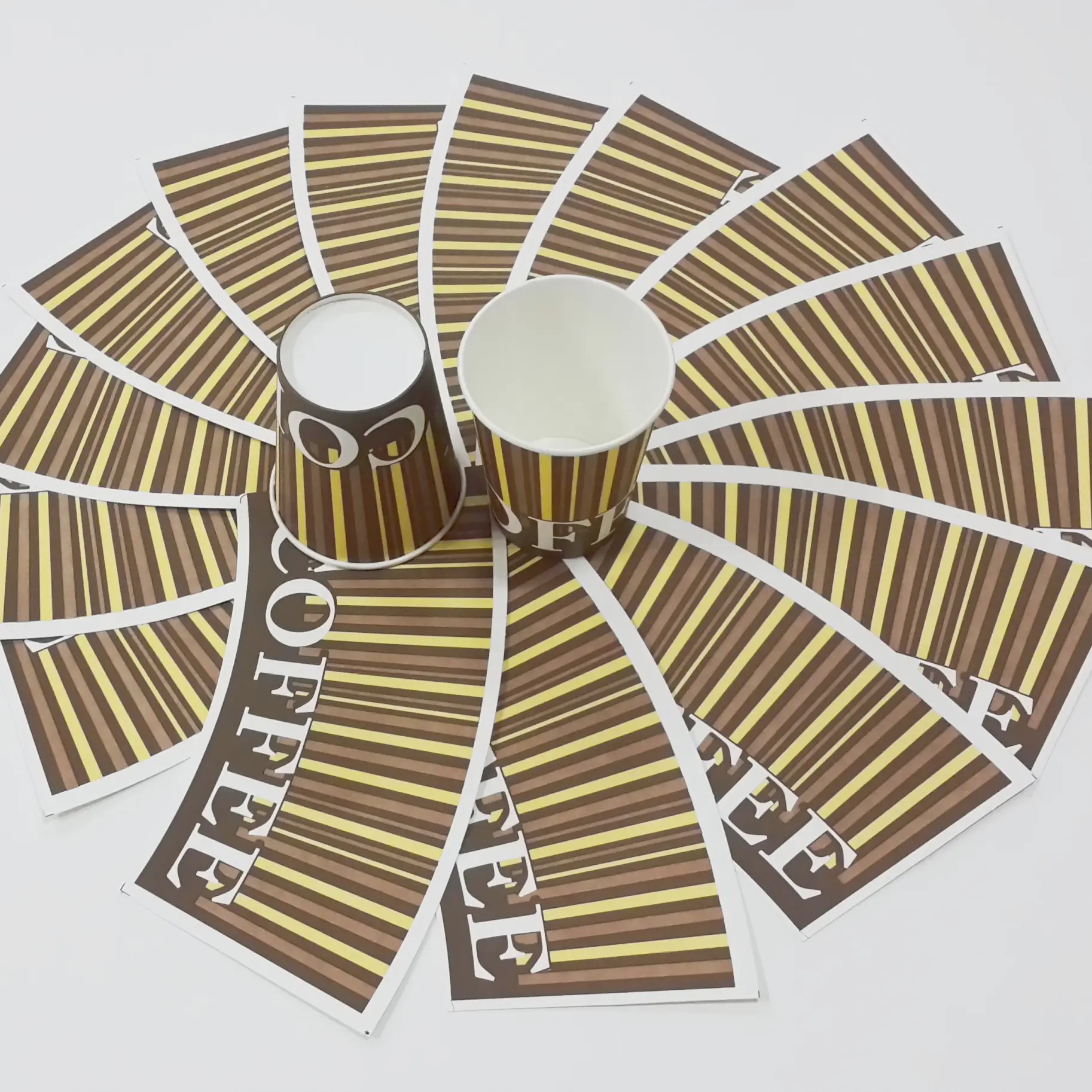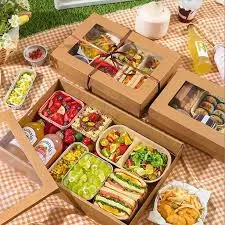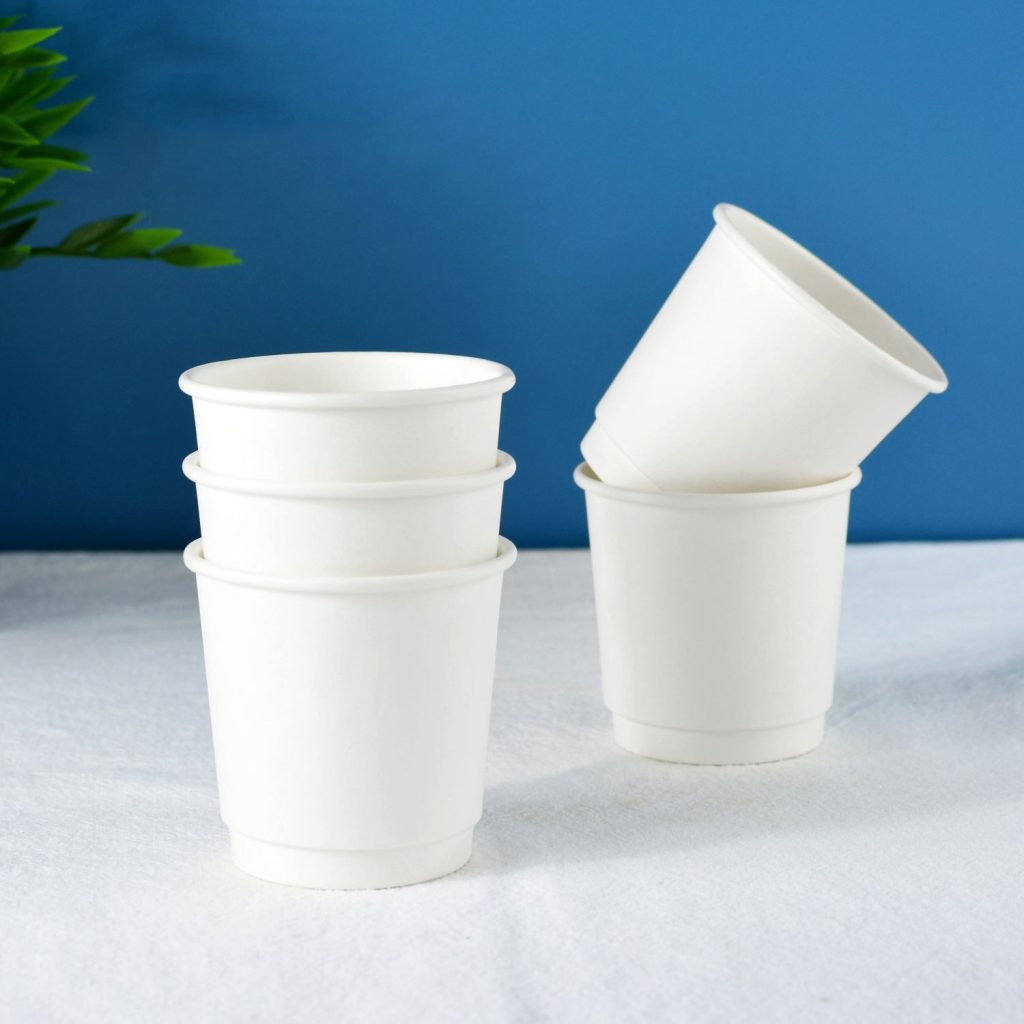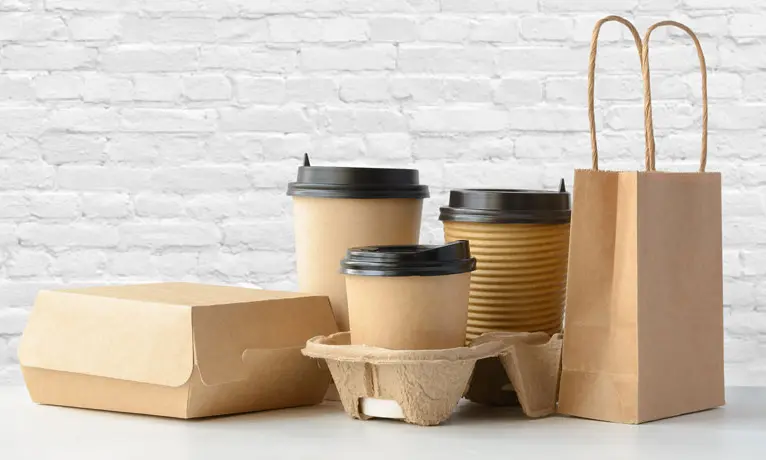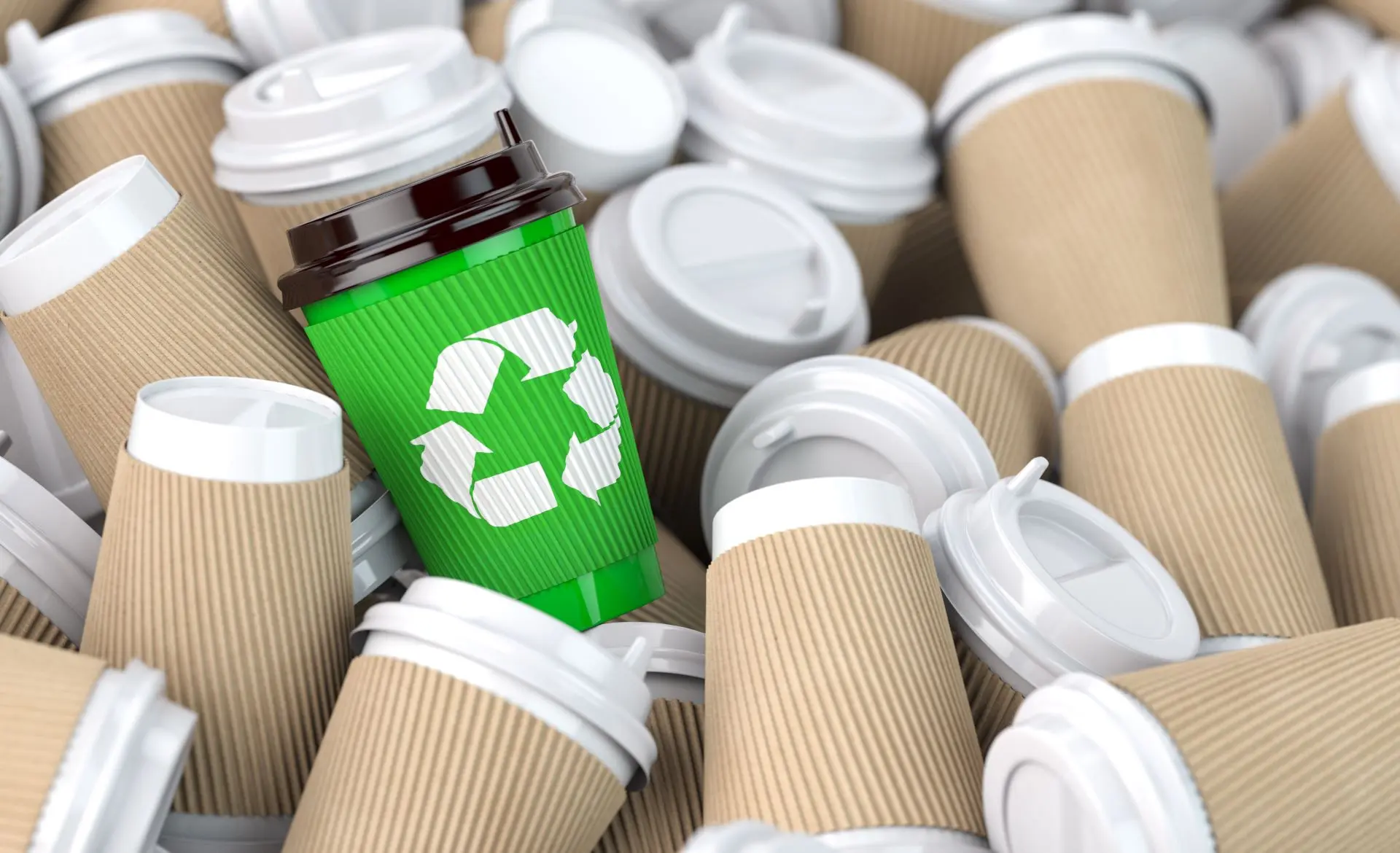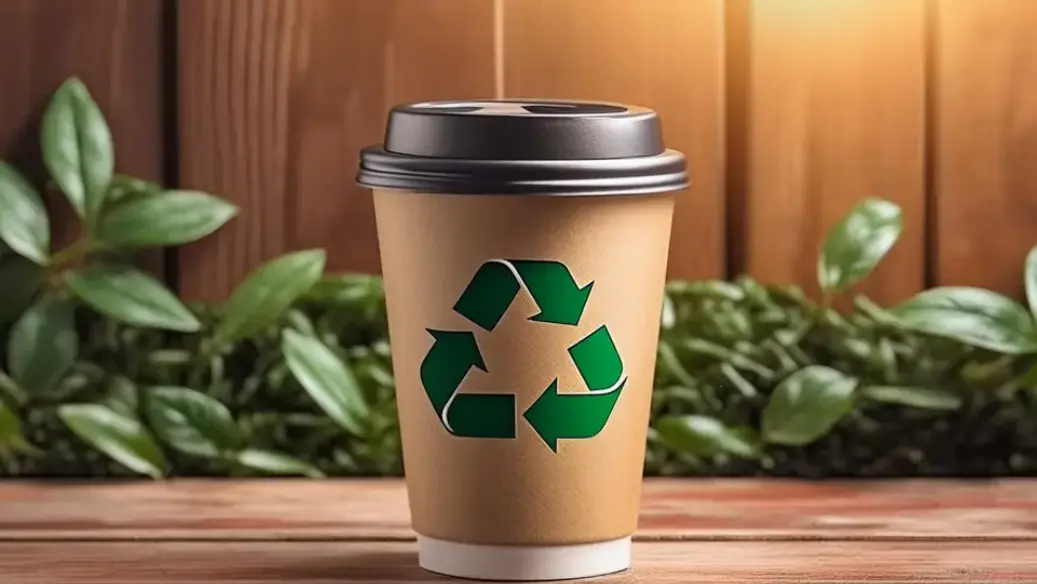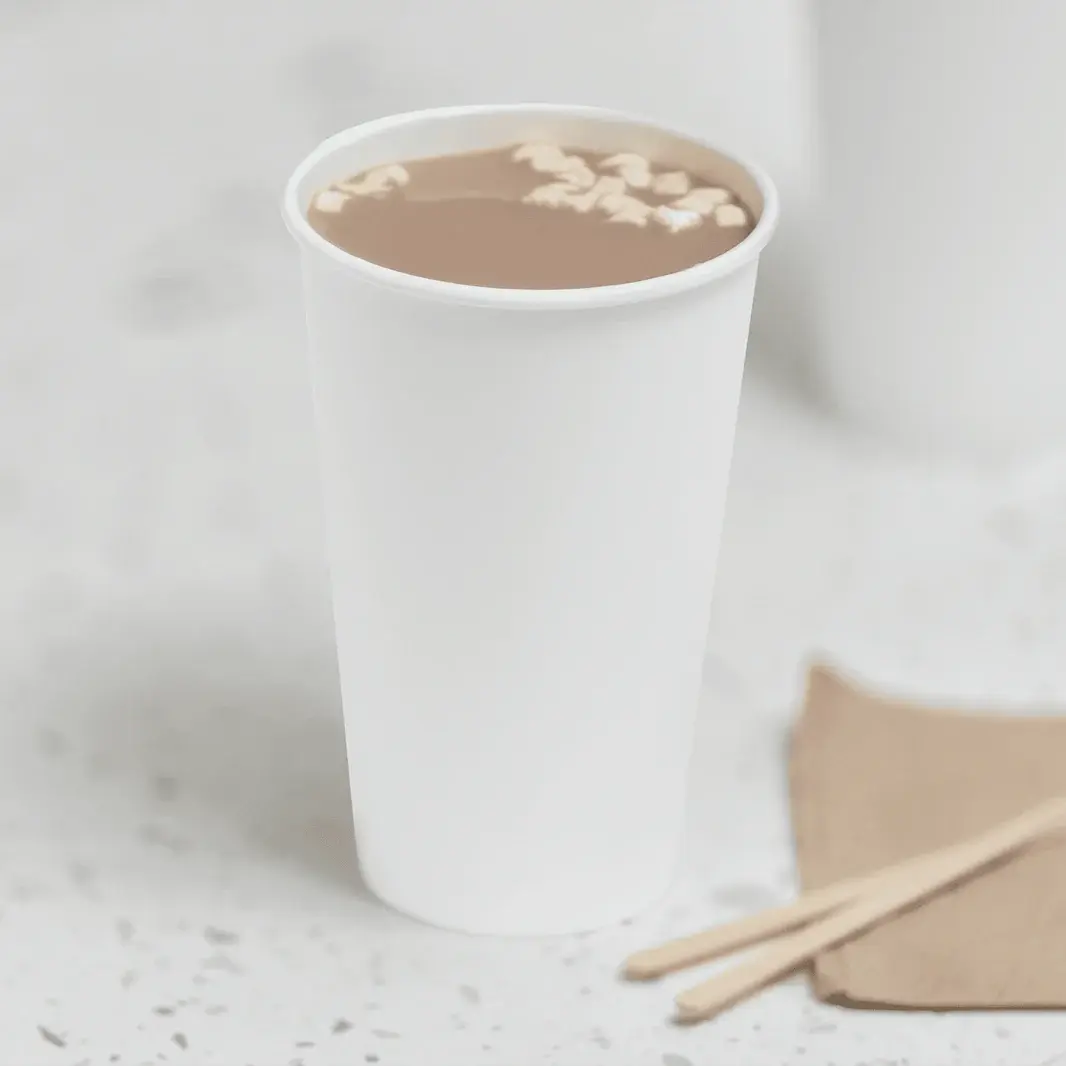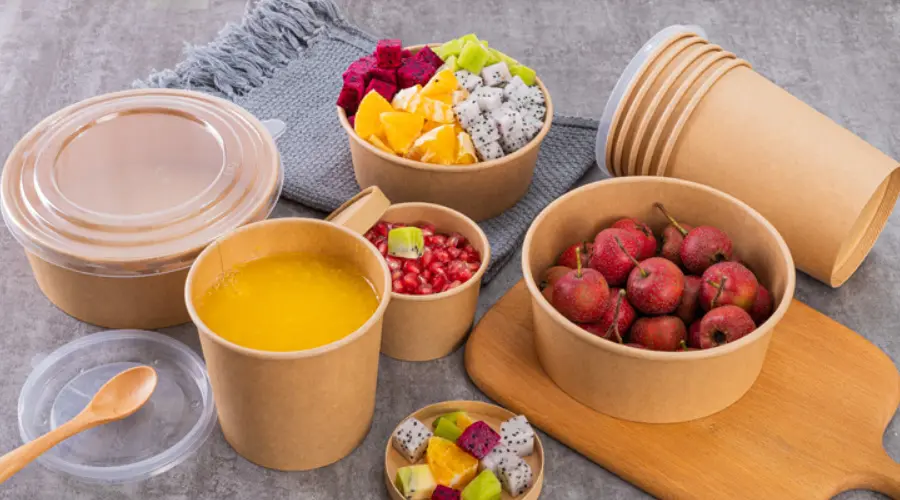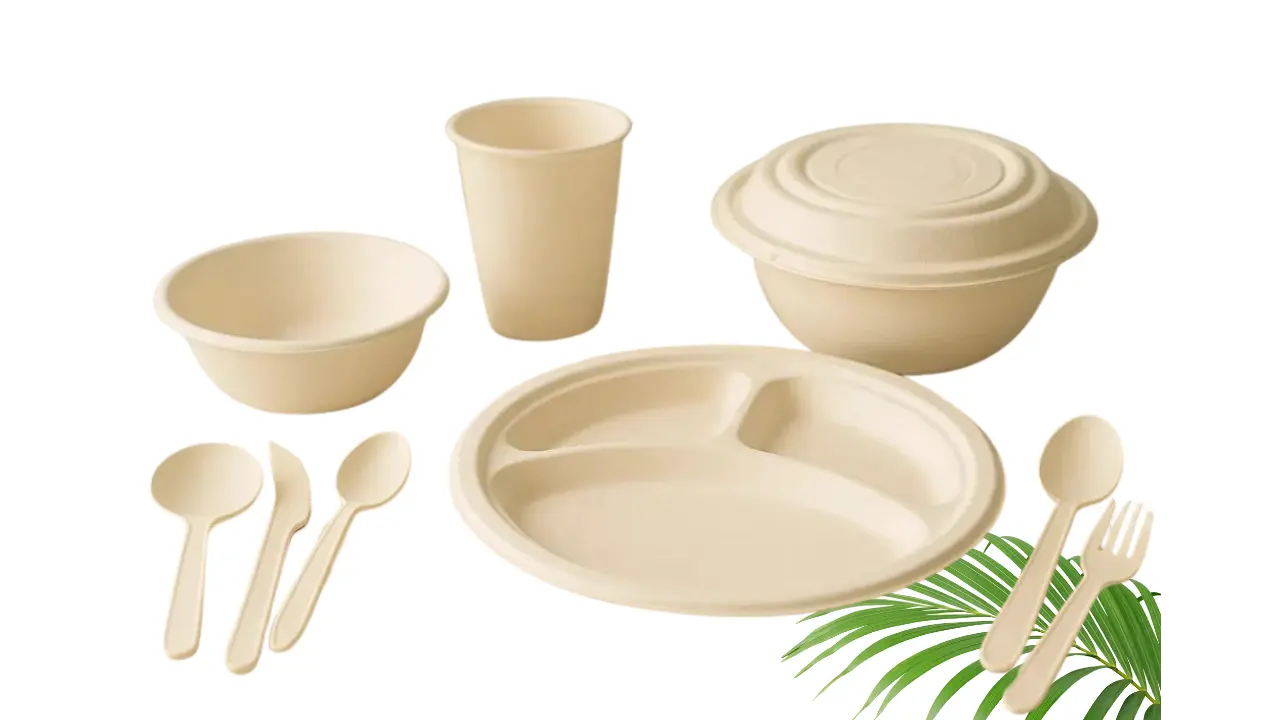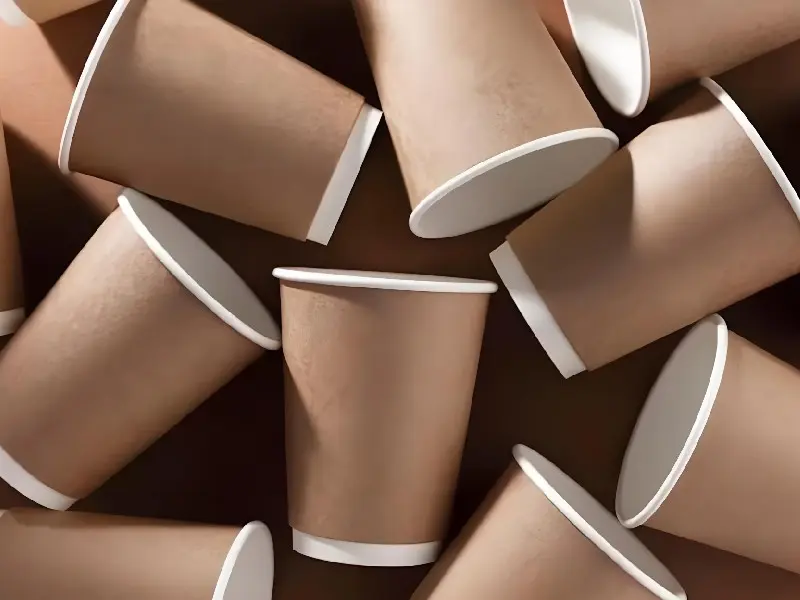How Paper Cups Are Recycled in 2025
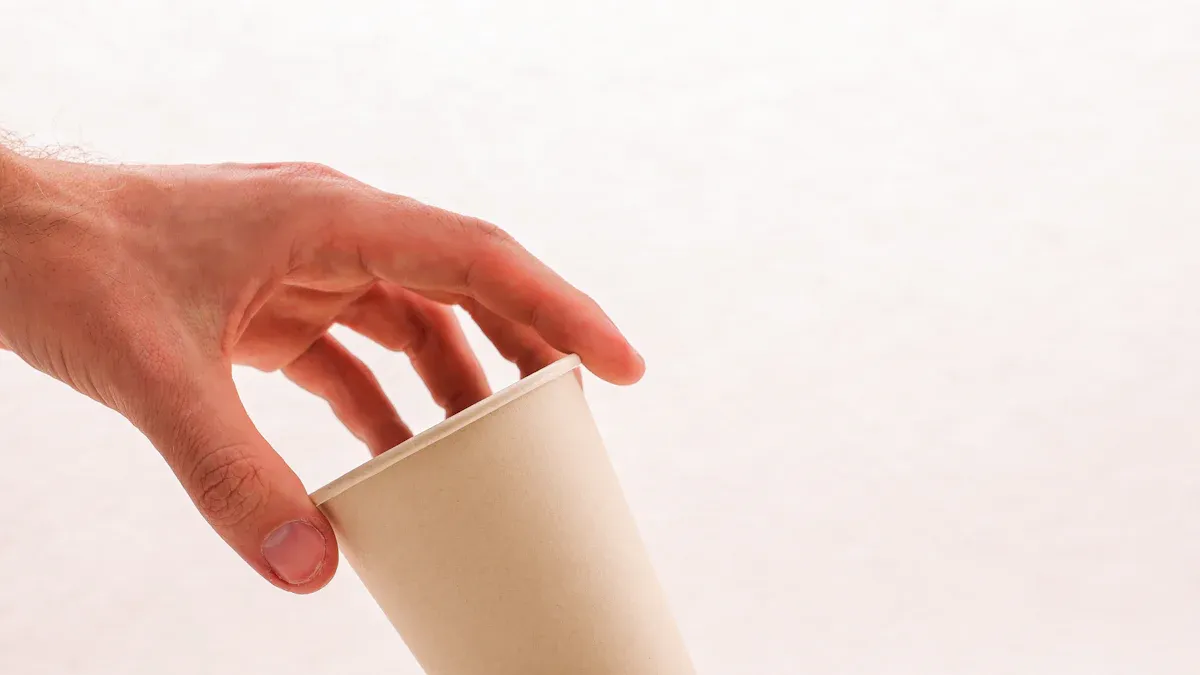
Recycling Paper Cups involves a complex process that many may not fully understand. Over the past decade, the recycling rate of paper cups has significantly improved in the U.S. More than 40 paper mills now accept paper cups for recycling. This increase reflects advancements in recycling technology and collaboration among industry stakeholders.
Key Takeaways
- Recycling paper cups requires proper collection and sorting. Communities can improve recycling rates by implementing curbside programs that accept paper cups.
- Contamination is a major challenge in recycling paper cups. Keeping cups clean and free from food residue enhances the recycling process and quality of recycled materials.
- Innovations in recycling technology, like robotic sorting and advanced pulping methods, significantly improve the efficiency of recycling paper cups and reduce environmental impact.
The Recycling Process of Paper Cups
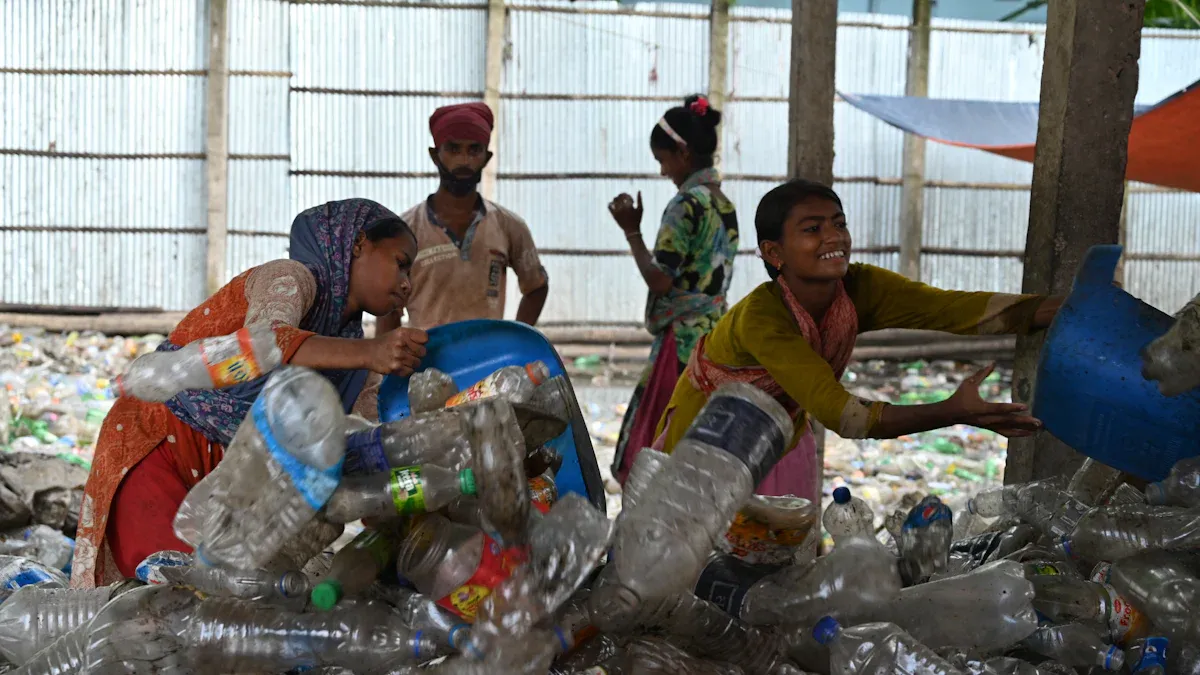
Collection and Sorting
The recycling process of paper cups begins with collection and sorting. Communities play a vital role in this stage. Many cities have implemented curbside recycling programs, but only about 11% of them accept paper cups. This limited acceptance poses a barrier to effective recycling. Some cities, like those in California, have started initiatives to accept paper cups along with food waste. These efforts aim to increase recycling rates and reduce waste.
Material Recovery Facilities (MRFs) are essential for sorting recyclables. They utilize advanced technologies to separate paper cups from other materials. For instance, CupCycling™ technology effectively separates the plastic lining from paper cups. This innovation allows MRFs to enhance their efficiency in recycling food and beverage cartons.
Cleaning and Preparation
After collection, the next step involves cleaning and preparing the paper cups for recycling. This process requires significant water and energy. The cups undergo thorough washing to remove contaminants such as food residue and liquids. The cleaning stage is crucial because any leftover materials can hinder the recycling process.
Once cleaned, the cups are prepared for the pulping stage. This preparation ensures that the paper fibers are ready for processing. The efficiency of this stage directly impacts the quality of the recycled material.
Pulping Process
The pulping process is where the magic happens. Used paper cups are placed in a pulper filled with hot liquids. High-speed blades churn the materials to create paper pulp. This process separates the fibers from other materials, including plastic coatings and contaminants.
During pulping, fibers float to the top, while food and dirt particles sink to the bottom for waste capture. However, conventional cups often struggle in standard repulping cycles. The tightly bonded plastic coating prevents them from breaking down effectively. As a result, the pulp may contain contaminants, making it less suitable for recycling.
In 2025, the recycling process of paper cups focuses on reclaiming valuable paper fiber to create new products. The success of this process depends on the availability of recycling facilities and market demand for recycled pulp.
Challenges in Recycling Paper Cups
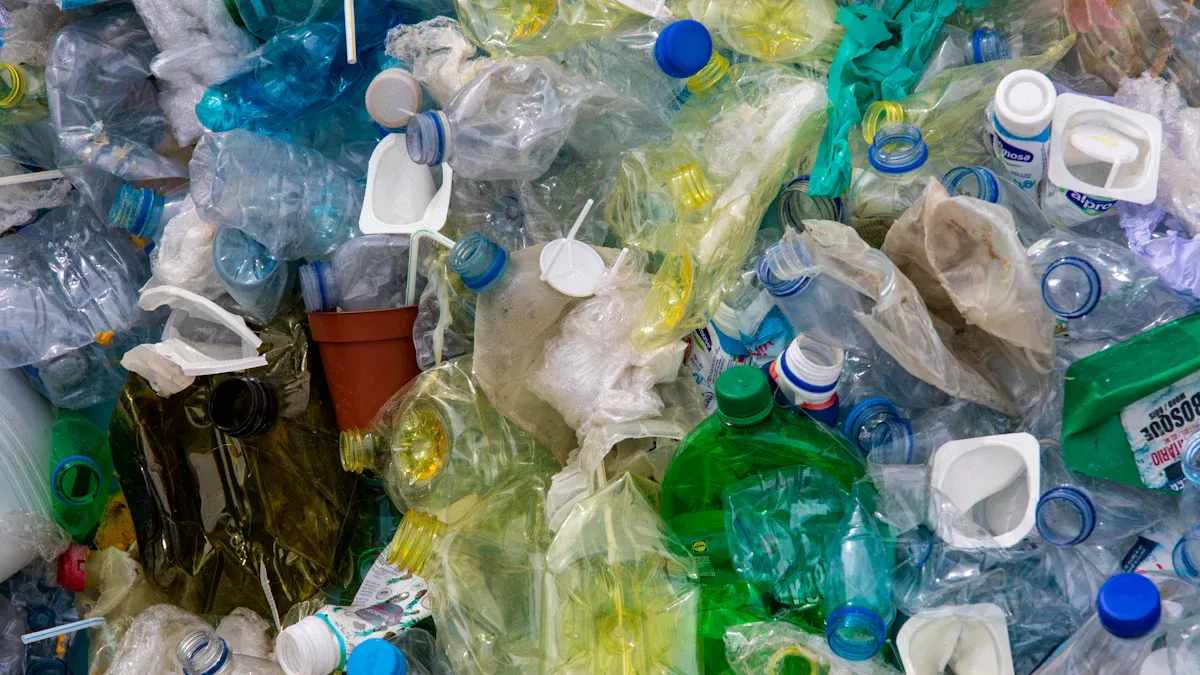
Contamination Issues
Contamination remains a significant barrier in the recycling of paper cups. Many paper cups end up in recycling streams with leftover food or beverage residues. Common sources of contamination include:
- Food waste
- Grease
- Plastic films
For example, pizza boxes often carry grease, while paper cups may have plastic films that prevent liquid seepage. These contaminants complicate the recycling process. They can lead to lower quality recycled materials and increased costs for recycling facilities.
The presence of grease can hinder the pulping process. It creates difficulties in separating the paper fibers from the contaminants. As a result, recycling facilities may reject contaminated cups altogether, leading to more waste in landfills.
Material Composition
The composition of paper cups poses additional challenges for recycling. Most paper cups consist of composite materials, which complicate their recycling due to the lack of established collection processes. The cups typically contain a 5% polyethylene coating. This coating provides waterproofing but complicates the recycling process. Many recycling facilities lack the necessary equipment to filter out this plastic lining effectively.
The plastic lining retains heat and repels liquids, making it difficult to break down during recycling. Although it constitutes only a small portion of the cup, its presence can lead to significant issues. The recycling process is often hindered by contamination from food or beverages, further complicating efforts to recycle paper cups.
"The plastic lining in disposable Coffee Cups can feasibly be separated from fibers using existing LC refining technology with reasonable energy requirements. However, standard repulping methods are insufficient to separate fiber from plastic due to the low intensity of treatment."
This statement highlights the ongoing challenges in effectively recycling paper cups.
Limited Recycling Facilities
As of 2025, the number of recycling facilities equipped to process paper cups has increased. Over 40 mills in the U.S. can now handle paper cups, up from more than 30 in late 2023. However, this number remains limited compared to the overall demand for recycling.
Several barriers hinder the expansion of paper cup recycling infrastructure:
- Historical perception of paper cups as unrecyclable
- Need for collaboration among stakeholders
- Challenges in building end market infrastructure
- Importance of consumer awareness and engagement in recycling practices
These factors contribute to the slow growth of recycling facilities capable of processing paper cups. Without adequate infrastructure, many paper cups still end up in landfills, contributing to environmental waste.
Environmental Impact of Paper Cup Waste
Landfill Contributions
Paper cups contribute significantly to landfill waste. When disposed of, these cups can take 20 to 30 years to decompose in a landfill environment. This long decomposition time raises concerns about the sustainability of single-use products.
| Type of Paper | Decomposition Time |
|---|---|
| Paper Cups (PE-Lined) | 20 - 30 years |
The slow breakdown of paper cups leads to increased landfill contributions. As more people use disposable cups, the environmental burden grows.
Resource Conservation
Recycling paper cups plays a crucial role in resource conservation. By recycling, communities can reduce the demand for virgin materials. This process helps save trees and reduces energy consumption.
Modern technology now allows for the separation of the plastic liner from paper cups. This innovation enables over 95% of the cup material to be recycled. The recycled paper is primarily used to create paperboard for packaging everyday products, including health and beauty items.
Innovations in Recycling Technology
Innovations in recycling technology are transforming how paper cups are processed. New recycling technologies, especially for polycoated paper recovery, enhance the recovery rate of paper cups. Advanced sorting systems using AI and robotics improve material recovery efficiency.
Facilities that adopted robotic sorting reported substantial improvements in recycling rates and reduced contamination levels. These technologies capture valuable materials that would otherwise be lost, enhancing resource recovery.
- Modern technology allows for the separation of the plastic liner from paper cups.
- New manufacturing technologies increase the recovery rate of polyethylene-coated materials.
- Challenges such as moisture content significantly impact the effectiveness of these technologies.
These advancements pave the way for a more sustainable future, reducing the environmental impact of paper cup waste.
Recycling paper cups is crucial for reducing environmental impact. A life-cycle study shows that recycling can cut their carbon footprint by 54%. Increased public awareness leads to better recycling practices.
- Educational campaigns correct misconceptions.
- Local initiatives, like those in Athens, Georgia, improve participation.
Encouraging sustainable practices, such as using reusable cups, can significantly enhance recycling outcomes.
FAQ
What types of paper cups are recyclable?
Most paper cups are recyclable if they are clean and free from contaminants. PLA coated and water-based coated cups have better recycling potential.
How long does it take for paper cups to decompose?
Paper cups can take 20 to 30 years to decompose in landfills, contributing significantly to waste.
What can recycled paper cups be used for?
Recycled paper cups can become paperboard for packaging products like health and beauty items, reducing the need for virgin materials.

